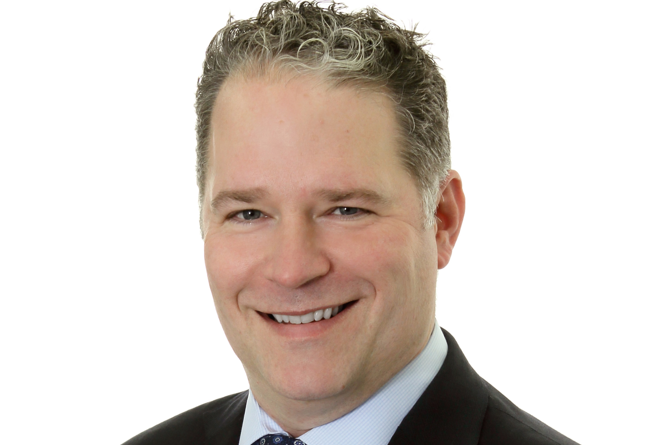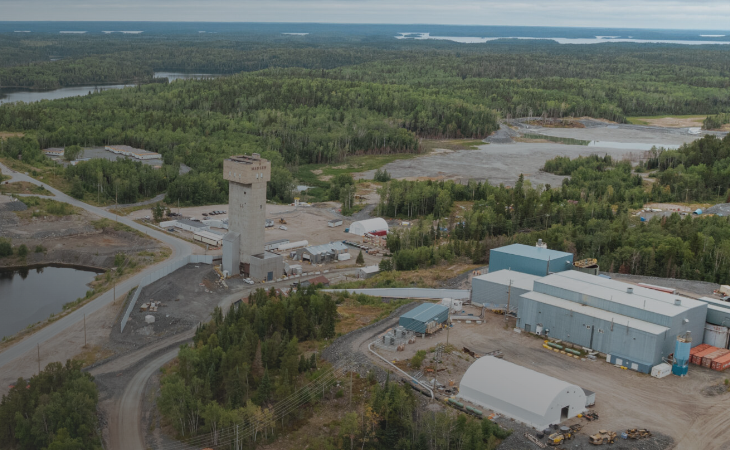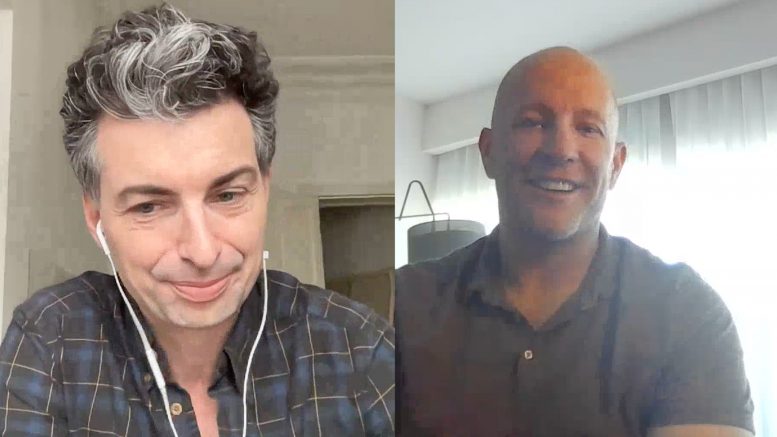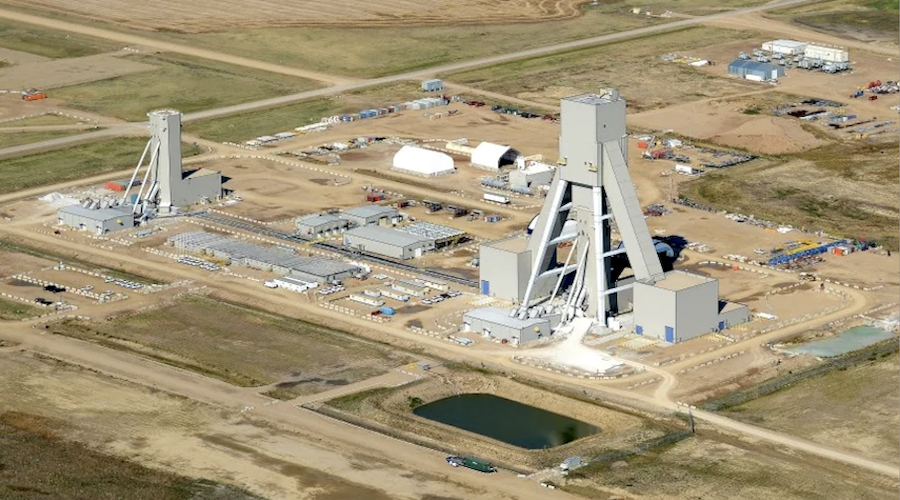VANCOUVER — It has been roughly three years since Vancouver-based uranium explorer Kivalliq Energy began drilling in earnest at its 1,377-km2 Angilak property in Nunavut. The company long maintained it was looking at a district scale play in what could become a world class uranium camp, and with the release of an updated resource on Jan. 16, it seems that belief is much closer to becoming a reality.
Kivalliq’s resource update follows what CEO Jim Paterson labeled “one of the largest exploration programs on the planet for a uranium junior,” and builds on a maiden estimate released in January 2012 that identified a high-grade uranium deposit in Angilak’s Lac 50 trend.
“We're basically the only team up there at this point and we have a really large land position. We have roughly thirty-five kilometres of trend, and within that we have the Lac 50 trend where basically all our resources are situated,” Paterson says during an interview at Kivalliq’s offices, pointing out that the majority of the resources sit on Inuit owned lands. Kivalliq is the first company to ever complete a uranium deal involving lands owned by the Inuit.
“We're continuing to establish new zones, and what we want people to understand is that we're developing what could potentially be a mining centre or district camp. We've pinpointed that area as sort of a starting point since the land package is so large,” he adds.
After raising just over $20 million in early 2012, Kivalliq kick-started a 39,000-metre drill program geared towards further resource expansion. The focus of the program was the newly discovered J4 and Ray zones, which lie 1.8 km along strike from the eastern extension of the Lac Cinquante deposit where Kivalliq established its inaugural resource.
The result was a 60% jump in total inferred resources, which now sit at 2.8 million tonnes grading 0.69% U3O8, 20.6 g/t Ag, 0.17% Mo, and 0.25% Cu — with contained uranium oxide clocking in at 43.3 million lb at a 0.2% U3O8 cut-off.
J4 and Ray contributed 15.3 million lb of U3O8 to the resource increase with 925,000 tonnes grading 0.75% U3O8, 30.1 g/t Ag, 0.17% Mo, and 0.25% Cu.
According to chairman John Robins, Kivalliq was always aware of the importance of grade when it came to developing a uranium asset in Nunavut. He explains that one of the first things the company completed after acquiring Angilak was a reverse engineering study aimed at identifying what sort of grade and tonnage would be required to make the project financially viable.
“If we assumed that the grade stays the same is there a tonnage number that works?” Robins asks rhetorically across the boardroom table. “The number we identified in the study is close to the realm we're seeing with this resource update. And if you look at the exploration potential I don't think a multiple of that is much of a stretch. What we need to do now is continue to grow the resource, but start to put some economic parameters around it.”
President Jeff Ward explains that the excitement surrounding the regional play stems from the fact Kivalliq is identifying uranium across a wide range of geological settings that include volcanic and basin-sedimentary host rock. He draws a comparison to northern Saskatchewan’s prolific Athabasca basin, which is one of the world’s leading sources of high grade uranium.
Ward outlines Kivalliq’s targeting regimen, which the company has utilized to expand Angilak’s resource base by roughly 300% since early 2011.
“It is about following a tried-and-true formula with prospecting and a variety of geophysics. We're always running tests using electromagnetics and seismic methods, so we have had that success with the conventional concepts. And as you move along you tend to recognize things more quickly and that speeds up your programs,” he explains.
And Kivalliq is certainly looking at a target rich environment on the remainder of its Angilak land package. The company has proven efficient in its drilling to the point it took only a six months to convert the J4 and Ray discoveries into a resource base. Since 2010 Kivalliq has discovered 10 new uranium zones within the Lac 50 trend alone.
Despite a rocky period for the uranium market — punctuated by Fukushima nuclear disaster in Japan in mid-2011 — Kivalliq has not had trouble raising capital. The company maintains a strong institutional base with 15% ownership by resource and mining funds, as well as an 18.2% stake held by Ross Beaty’s Lumina Capital.
“I would say that the recent negative perception towards uranium in North America and parts of Europe is not shared globally. The actual nuclear business, which is obviously driving the sector, hasn't really slowed down much post-Fukishima,” Paterson says, commenting on how major Asian economies continue to be aggressive and proactive in regards to uranium projects. “They have a huge demand and worry more about a surety in supply than they do about pricing. They definitely aren't afraid to go into jurisdictions that give us some pause, but they prefer Canada and Australia for sure.”
Peterson mentions the recent offer by Russian state owned miner ARMZ to buy-out Toronto-based Uranium One as evidence of a further tightening in the market. He explains that quality uranium deposits in desirable jurisdictions are becoming harder to find, while energy needs continue to grow globally.
Kivalliq’s management expects to release its exploration plans and budget for 2013 in the next few weeks pending a meeting of the company’s board of directors. Peterson says the company holds roughly $4 million in cash at the time of writing, noting another capital raise will be necessary to fund exploration work next season.
Kivalliq had 173 million shares outstanding at press time, and maintained a $74 million market capitalization. The company has traded within a 52-week range of 29¢ and 63¢, and closed up 14% or 5¢ following the resource update en route to a 41.5¢ close on Jan. 16.
To read more Northern Miner articles, click here





Comments